Rach Kien Crossroads relic is a testament to the Rach Kien American Anti-American Belt - a unique and creative fighting method of the army and people of Long An during the time of direct confrontation with the US imperialist army and allies and the Saigon puppet army.
Today, the relic site is located in Long Hoa commune, Can Duoc district, a testament to the heroic fighting process of our ancestors and also a reminder for future generations to live beautifully every day, preserve peace and develop the country.
The Rach Kien American extermination belt included 8 communes in Can Duoc district and 2 communes in Can Giuoc district, forming a siege around the American military base in Rach Kien when the American army came to establish the base from late 1966 to 1970.
The Rach Kien American Extermination Belt is considered the peak development of the people's war against American imperialism in Long An. The people's war situation in the Rach Kien American Extermination Belt is a close connection of the aspects of struggle.
Typical examples include leadership organization, battlefield arrangement, coordination of activities between forces, forms of public and secret struggle... Thereby, creating a continuous combat system in temporarily occupied areas, skillfully maintaining the public position of the masses, finding appropriate methods to protect the people, and preserving human and material resources for a long-term war.
From Rach Kien Crossroads Relic, the younger generation can partly understand the struggle of our ancestors.
“Visiting the relic site helped me understand more about the Rach Kien American Extermination Belt, and from there I admire our ancestors even more. From that admiration, respect and gratitude, I always tell myself to study well to become a useful person,” said Do Thuy Khanh Van, a 9A3 student at Long Hoa Secondary School, Can Duoc District.
Ms. Pham Thi My Linh, Secretary of the Long Hoa Commune Youth Union, said that in recent times, the Long Hoa Commune Youth Union has organized many activities to help union members and young people understand more about the historical significance of the Rach Kien American Extermination Belt. From there, they have more will to be self-reliant, self-reliant, self-trained, and creative in the process of building and defending the Fatherland.
In the Rach Kien Crossroads Relic, there is a jar (also known as a breast roof) - used by the people of Can Duoc to hide revolutionary cadres and soldiers operating in the Rach Kien American Extermination Belt. This jar is associated with the revolutionary activities of Mr. Nguyen Van Nam, former Secretary of the Can Duoc District Party Committee (the 7-year period from after Liberation until his retirement).
In other places, people often dug tunnels to hide cadres, but due to the characteristics of the flooded Can Duoc area, people came up with the idea of digging holes and pressing jars down for cadres to take shelter in when the enemy raided.
Born in Tan Lan commune, Can Duoc district, Mr. Nguyen Van Nam participated in the revolution since the resistance war against French colonialism. After the Geneva Agreement in 1954, he continued to stay in his hometown, operating continuously until 1970. When this land was "pacified" by the enemy, he and his comrades withdrew to the Vietnam-Cambodia border area in present-day Long An province.
After liberation, Mr. Nguyen Van Nam searched for the houses that had sheltered him during the resistance war and found two intact ones lying on the ground. One of the larger ones could accommodate 2-3 cadres. He donated it to the Rach Kien Crossroads Relic Site, while the smaller one is kept at his fifth son's house.
Journalist Nguyen Phan Dau, son of Nguyen Van Nam, recounted that the US imperialists landed troops in Rach Kien in 1965, when his father was the Captain of Company 315, the main force of Can Duoc district, directly fighting the US troops with the people and many other forces, including the village guerrillas. His father and his comrades surrounded and attacked the US Rach Kien base.
The American troops from Rach Kien base went out to the commune and were immediately blocked and attacked. He and his comrades planted mines and spikes to create a perimeter around the American and puppet bases. When the Americans and puppets arrived, they were destroyed.
For more than 1,000 days, under the leadership of the Long An Provincial Party Committee and the Can Duoc District Party Committee, the army and people of the Rach Kien American Destruction Belt successfully completed the task of encircling, holding back, and wearing down enemy forces, limiting their attacks on the surrounding areas, and maintaining the liberated areas. This was the creativity of the Long An army and people in the model of establishing an American Destruction Belt in a densely populated plain area.
Can Duoc today has many improvements in all aspects, in the direction of industrial development, urban construction, trade and services.
In agriculture , the district develops high-tech agriculture. The district has gone in the right direction with the proportion of industry accounting for more than 85% of the total structure. Long Hoa commune is one of the two urban centers of the district and Rach Kien urban area has been built into a type 5 urban area.
Along with the development and change every day, Can Duoc people today still do not forget the historical values, cherish the revolutionary achievements left by our ancestors.
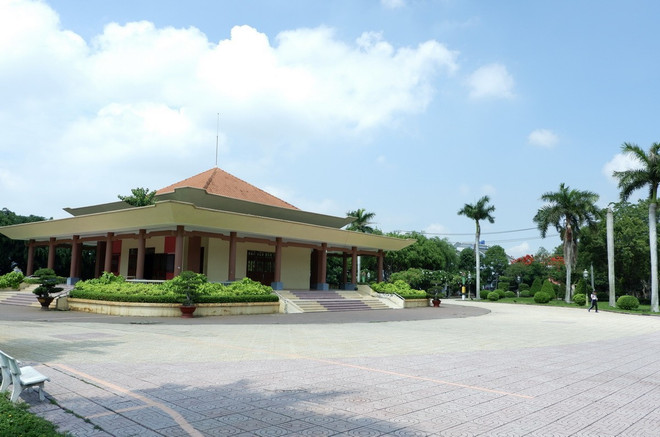
Vice Chairman of the People's Committee of Can Duoc District Nguyen Minh Vuong said: Rach Kien Crossroads relic is not only a testament and lesson of patriotism, indomitable fighting spirit, bravery and creativity, but also the pride, belief, resources and traditions of the army and people of Can Duoc. This is the aspiration for peace, the aspiration to rise up so that the Party, government and people of Can Duoc can confidently join the people of the whole country in entering a new era - the era of national rise up.
In order to honor and educate the patriotic tradition of the local army and people in the process of fighting to protect the Fatherland, contributing to the development of the locality in the new period, the Victory Monument at Rach Kien Crossroads Historical Site will start construction in August 2025.
This is considered a symbol of traditional education for future generations, a particularly important project towards the 80th anniversary of the National Day of the Socialist Republic of Vietnam./.
Source: https://www.vietnamplus.vn/tham-vanh-dai-diet-my-rach-kien-noi-ghi-dau-mot-phuong-thuc-danh-giac-doc-dao-post1040882.vnp



![[Photo] Politburo works with the Standing Committees of Vinh Long and Thai Nguyen Provincial Party Committees](https://vphoto.vietnam.vn/thumb/1200x675/vietnam/resource/IMAGE/2025/9/8/4f046c454726499e830b662497ea1893)



![[Photo] Politburo works with the Standing Committees of Dong Thap and Quang Tri Provincial Party Committees](https://vphoto.vietnam.vn/thumb/1200x675/vietnam/resource/IMAGE/2025/9/8/3e1c690a190746faa2d4651ac6ddd01a)









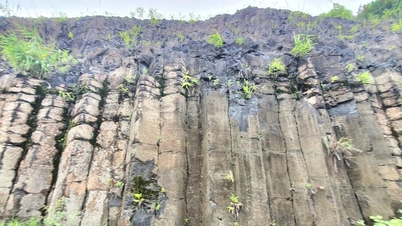









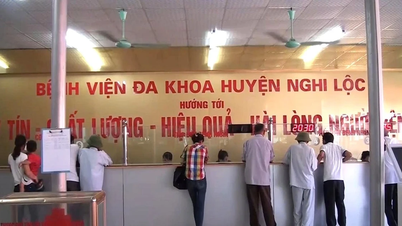
![[Photo] Amazing total lunar eclipse in many places around the world](https://vphoto.vietnam.vn/thumb/1200x675/vietnam/resource/IMAGE/2025/9/8/7f695f794f1849639ff82b64909a6e3d)



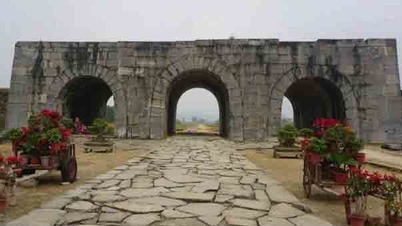

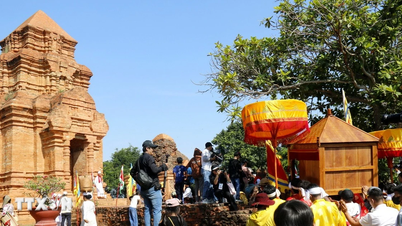



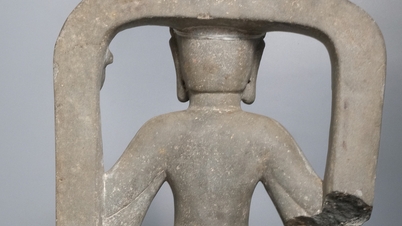

























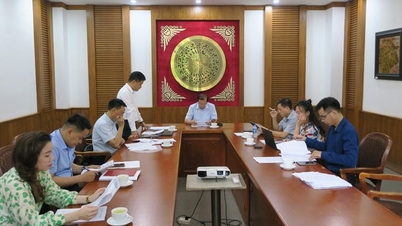









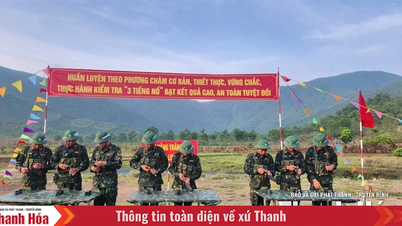











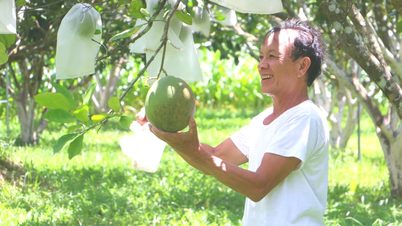








Comment (0)